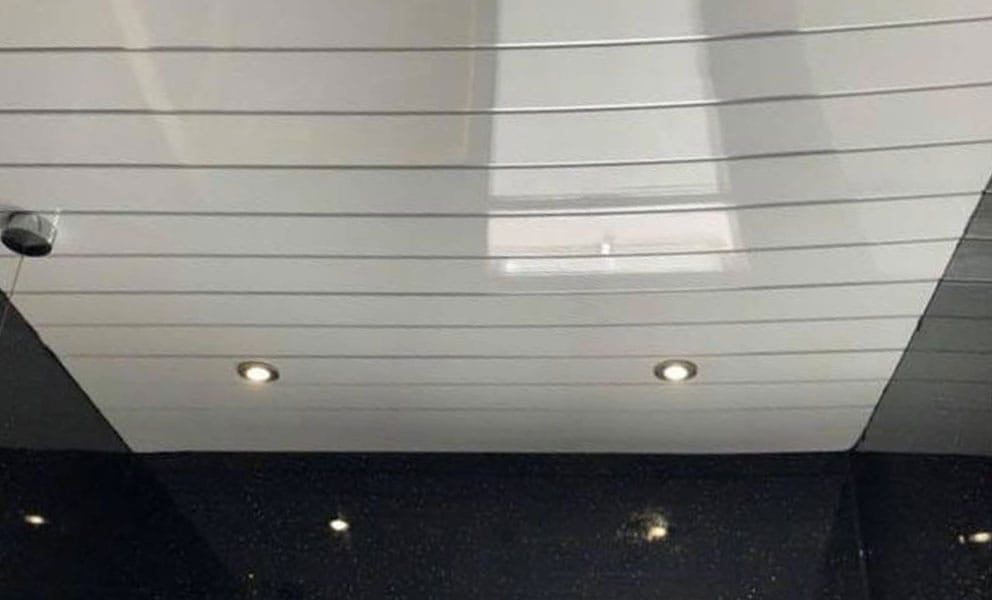Unlocking the Potential: Transforming PVC Cladding with Paint

PVC cladding has gained immense popularity in the construction industry due to its durability, low maintenance, and aesthetic appeal. However, many people wonder if it is possible to paint PVC cladding to further enhance its appearance and customize it to suit their preferences. In this article, we will explore the possibilities of painting PVC cladding and discuss the benefits, techniques, and considerations involved in this process.
- Understanding PVC Cladding:
Before delving into the painting process, it is crucial to have a clear understanding of PVC cladding. PVC, or polyvinyl chloride, is a synthetic plastic polymer known for its versatility and resilience. PVC cladding is commonly used to cover external walls, providing protection against weather elements while enhancing the overall look of the building. - Benefits of Painting PVC Cladding:
Painting PVC cladding offers several advantages. Firstly, it allows for customization, enabling individuals to match their cladding with the desired color scheme or architectural style. Additionally, painting can help to rejuvenate aged or discolored cladding, giving it a fresh and vibrant appearance. Moreover, painting can provide an extra layer of protection against UV rays, preventing premature fading or damage. - Preparing PVC Cladding for Painting:
Proper preparation is crucial for achieving a long-lasting and professional-looking paint finish on PVC cladding. The following steps should be followed:
a. Cleaning: Thoroughly clean the cladding surface to remove any dirt, dust, or grease. A mild detergent solution and a soft brush can be used for this purpose.
b. Sanding: Gently sand the cladding surface to create a rough texture, allowing the paint to adhere better. Use fine-grit sandpaper and ensure to remove any sanding residue.
c. Priming: Apply a suitable primer specifically designed for PVC surfaces. This will enhance paint adhesion and improve the overall durability of the finish.
- Choosing the Right Paint:
Selecting the appropriate paint is crucial for achieving a successful outcome. Opt for high-quality exterior-grade paints that are specifically formulated for PVC surfaces. These paints should offer excellent adhesion, flexibility, and resistance to fading and cracking. It is advisable to consult with a paint professional or refer to manufacturer guidelines to ensure compatibility with PVC cladding. - Painting Techniques:
When painting PVC cladding, it is recommended to use a combination of brush and roller for optimal coverage. Begin by cutting in the edges and corners with a brush, followed by using a roller to cover larger areas. Apply multiple thin coats rather than a single thick coat to achieve a smooth and even finish. Allow sufficient drying time between each coat as per the paint manufacturer's instructions. - Maintenance and Longevity:
Proper maintenance is essential to prolong the lifespan of painted PVC cladding. Regularly inspect the cladding for any signs of peeling, cracking, or damage. Clean the painted surface periodically using a mild detergent and a soft cloth or sponge. Avoid using abrasive cleaners or tools that may scratch or damage the paint.
Conclusion:
In conclusion, PVC cladding can indeed be painted, offering a wide range of possibilities for customization and rejuvenation. By following the proper preparation, choosing the right paint, and employing the correct techniques, one can transform PVC cladding into a visually appealing and long-lasting feature of any building. Whether it's a residential or commercial project, painting PVC cladding opens up new avenues for architectural creativity and personalization. Embrace the potential of PVC cladding and unlock its beauty with a splash of color!



